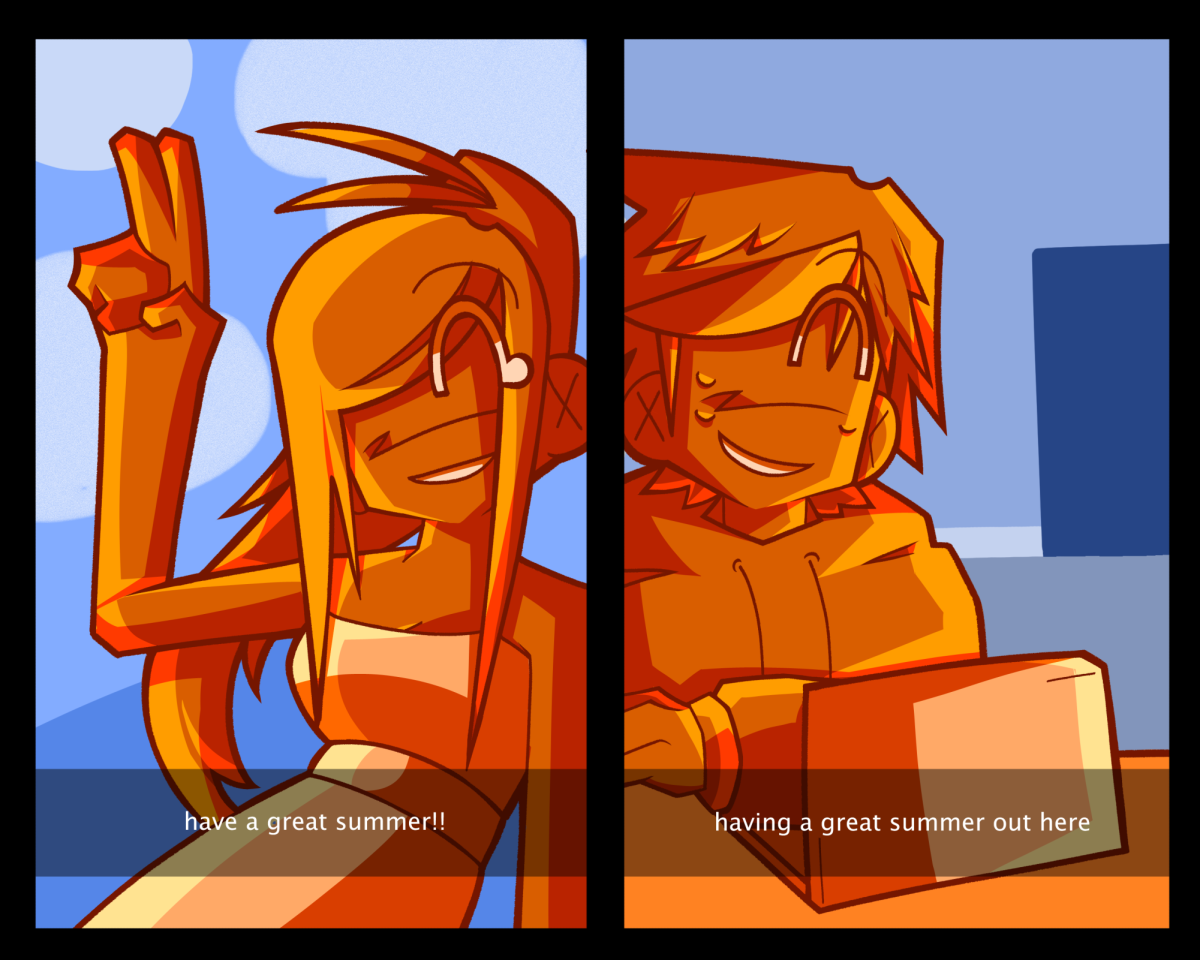Ashton DeLano
Staff Writer
As time passes and the school year moves on, I dread more than just finals and homework.
I fear that next year, Cal High is going to lose one of the things that makes it the best high school in the district – our block schedule. Next year, Principal Mark Corti is planning to change the schedule to have one traditional day per week.
Every class will meet on this day for 42 to 50 minutes, and it will cement the other days as even or odd days in the weekly schedule. Despite all of Corti’s reasoning, changing the block schedule is the biggest mistake he could make.
Corti has many different reasons for changing the schedule. One of reasons is that when a student misses a class that he has only twice that week, he falls behind on his work and has difficulty catching up because of the lack of contacts with teachers.
But the main reason, I believe, is that Corti thinks Cal’s Academic Performance Index (API) scores should be higher. While Cal’s API score is the lowest in the district at 888 for 2010, it is 18 points higher than 2009. This 18-point jump was greater than any district high school, helping Cal meet all of its API growth goals.
Statewide, only 28 percent of high schools have an API score at or above 800.
Dougherty Valley boasts the highest API score in the district at 921, followed by Monte Vista at 898 and San Ramon at 895.
What Corti fails to recognize is that next year, if a student misses the traditional day, they have to make up six classes worth of work for that absence, compared to three.
Also, if classes are only 50 minutes long, teachers will not have enough time to complete a lesson and help absent students make up missed work.
But in a 100-minute class period, there is enough time for teachers to give two lectures, allow students get started on their homework, and provide enough time for teachers to give any help if needed.
Corti has claimed teachers will not reserve short days only for quizzes and tests. But it’s not as if teachers really have time for anything other than quizzes and tests on short days.
At schools in Walnut Creek, where they have a traditional day on Fridays, students freak out every Thursday night by studying for multiple tests that are generally given on Fridays.
Another major flaw of one traditional day mixed with a block schedule is how it affects homework.
Cal is the only high school that allows students two days for homework for each class and an opportunity to visit teachers during tutorial if they need help, before homework is due.
Plus, with the block schedule, students only have to carry three classes worth of homework and books in their backpacks daily. Because of this lighter load, many students don’t use lockers. A traditional day would mean heavier backpacks and a shortage of lockers, which schools are required to provide.
Overpopulation is already a problem at Cal High, and this year alone, there are 2,539 students, but only 2,455 lockers, according to administrators. The school is already above capacity with our lockers from a numerical standpoint, and the school is still growing.
With a traditional day, there will be a mad scramble for lockers, that, in the end, will leave over one hundred students without lockers. These lockers will turn from a luxury into a necessity.
But the most upsetting thing about the proposed change is Corti’s unwillingness to listen to anyone but himself. I cannot name a single person who wants the schedule to change, but Corti has refused to listen to any students or teachers.
When senior Blake Rocha brought Corti a petition with 600 signatures opposing a schedule change, it was ignored.
The Californian has polled the majority of students and found that a mere 3 percent of 2,050 students who responded supported the change. A whopping 85 percent of students and 68 percent of teachers polled opposed the change.
Expect parent opposition to come next.
Such strong student opposition has also spurred a club called Save the Block Schedule, which is dedicated to keeping the block schedule as it is.
I think one of the main reasons for the massive opposition against this change is Corti failed to inform anyone of this proposed change until he already made his decision.
If Corti had listened to what others’ opinions and taken their concerns into account before making a unilateral decision, he might not be experiencing such resistance.





